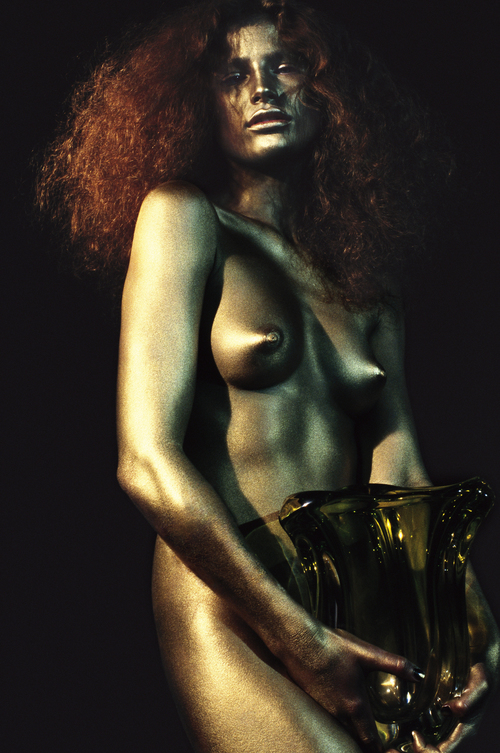CAMILLE VIVIER, Surrealism and erotic tension
Camille Vivier’s photos carry you away to a world of romantic surrealism, a melancholic reverie mysteriously and softly blurred. Her free-spirit and sensuality in her artistic univers are intriguing and seductive.
Her photos can be seen in the most prestigious fashion magazines and galleries. She’s also working on music projects, shooting recently the portrait of Dita van Teese and Sebastian Tellier for the cover of their album.
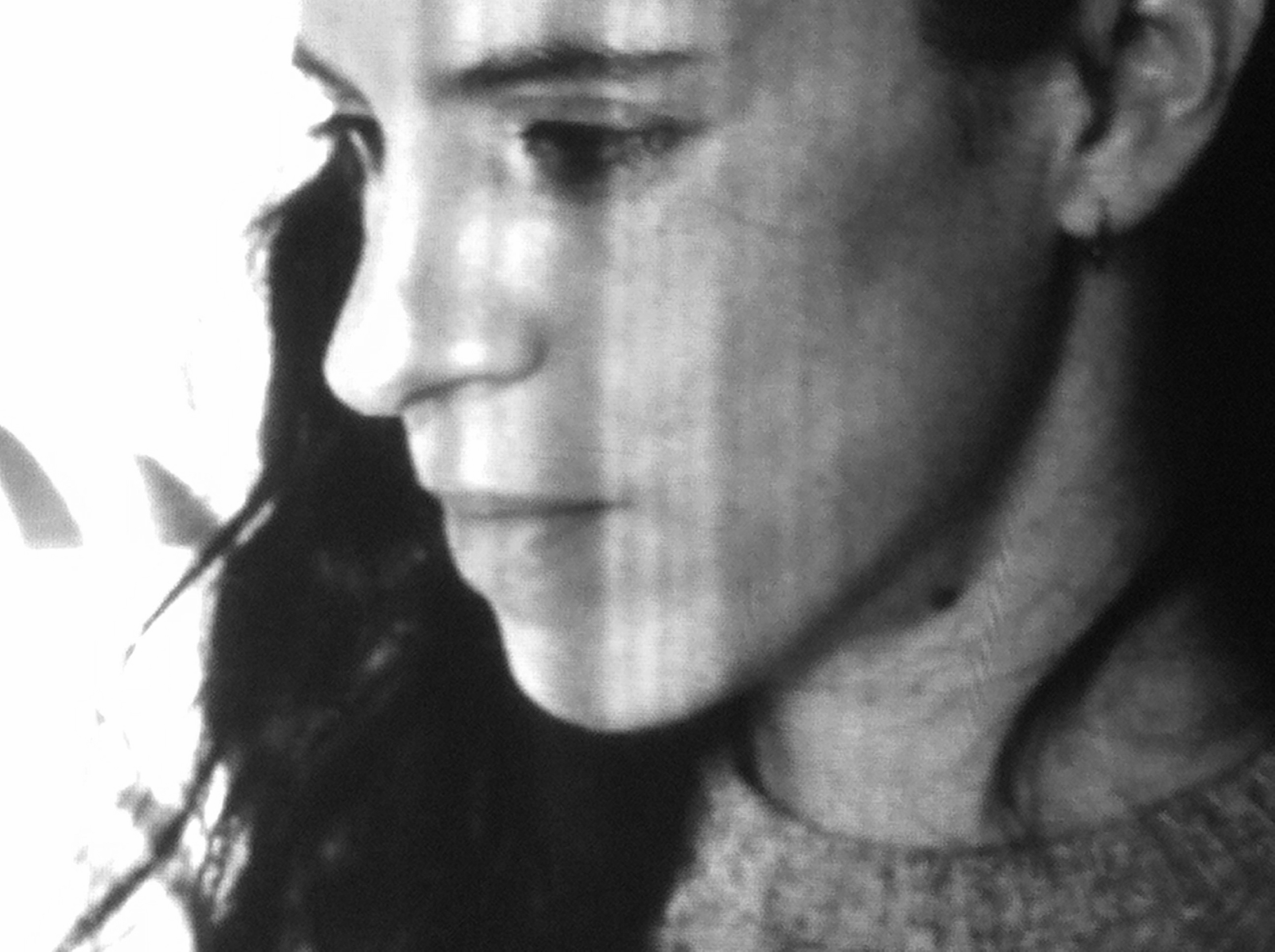
The female body, its sensuality, its eroticism, its diversity are very important issues in your work. What is for you the definition of beauty?
I’m very sensitive to the poetry of beauty. The body is a very classical subject. In my work I question the definition of the word « beauty », of how it is perceived by history of art and also by society.
“In my photos there is of course an aesthetic research but I want that my vision of what is beautiful is above all a subjectif and open suggestion without imposing a definition of beauty.”
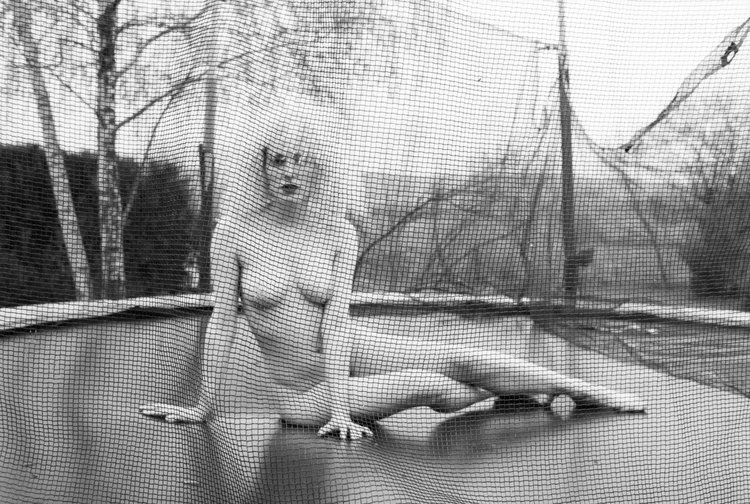
This vision can even appear awkward or bizarre. But I really like to go sometimes towards something more odd that might even create some discomfort.
I’m a woman who takes photos of women, expressing eroticism in a total different way than a man would do. I show it in a more abstract way.

Do you like to control and direct a photo shooting or do you prefer to go with the flow and give chance to « accidents » ?
I’m not directive, I let things happen in a climate of confidence.
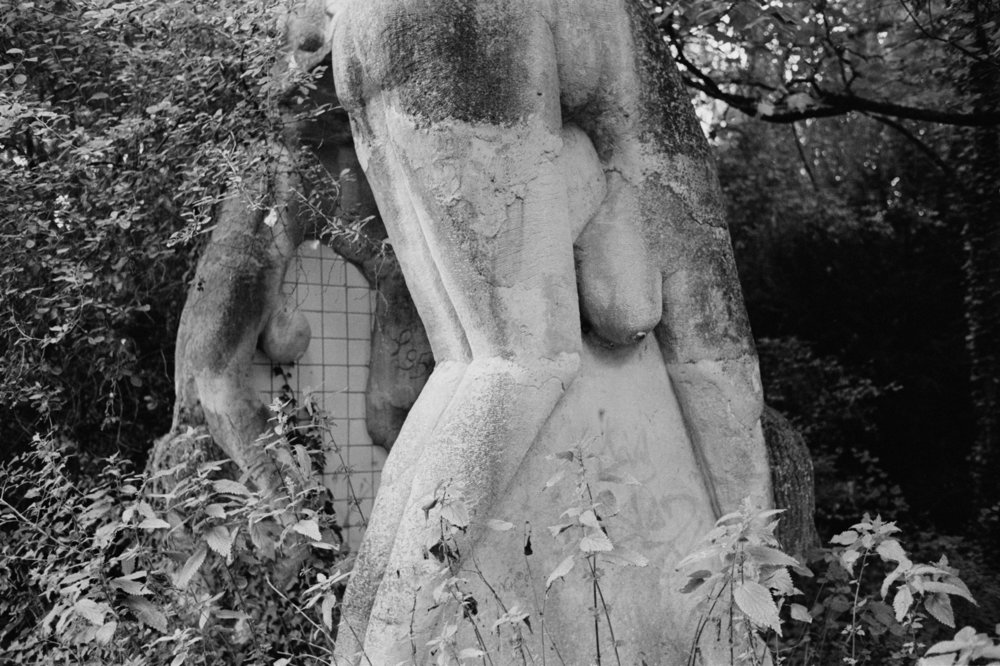
“In moments of uncertainty and non-control, a lot of interesting accidents can happen.”
However before starting a shooting I already think of the picture and I prepare the references especially for the light which is very important element in my photos.
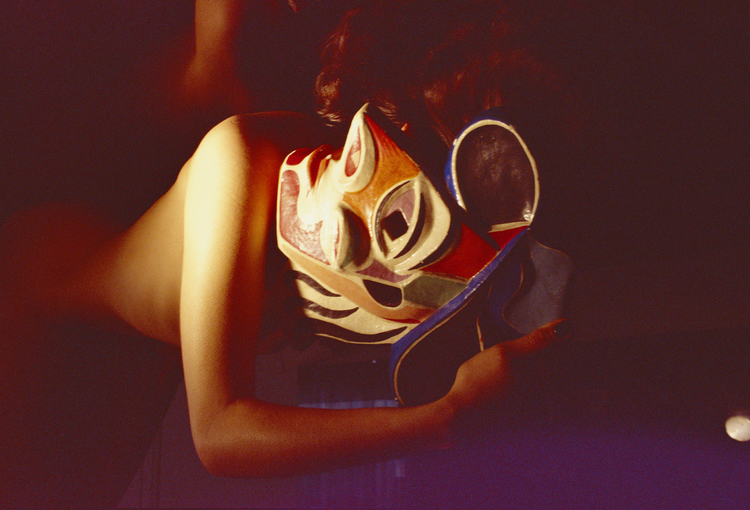
In your work you play a lot with contrasts, juxtaposing the rough with the smooth, the animated with the inanimate. What is so fascinating for you in the association of two things totally different from each other?
The disturbing bizarreness of the inanimate has always fascinated me.
I love playing with contrasts, bringing together shapes and worlds that are totally different from each other in order to stimulate and create a dialogue between these two objects, like for example a woman’s naked body lying on a sculpture made out of concrete.
This work consists of building a vocabulary between two elements that then communicate with each other.
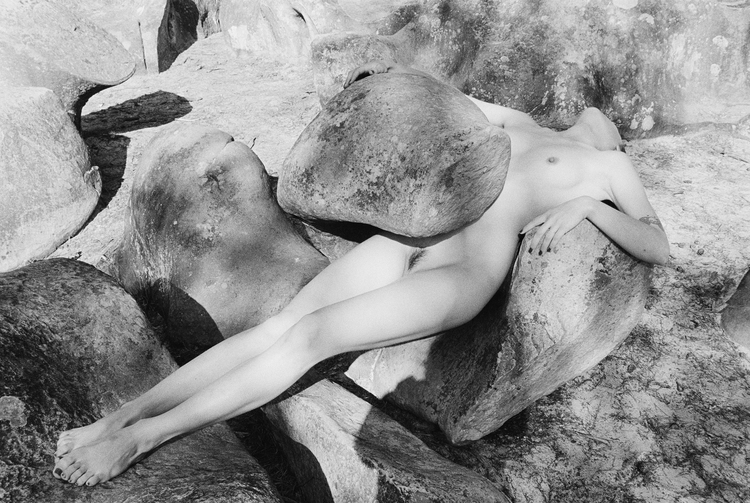
Beside your personal projects you collaborate regularly with internationally renowned fashion magazines and brands such as Isabel Marant, Stella McCartney, Martin Margiela. Hermès has given you carte blanche for a short movie.
Is there a photographer who you admire and his artistic approach of photographing fashion?
I still remember, it was in the 90s, I was working as an editorial assistant for Purple Magazine when this book of Wolfgang Tillmans came out.
“Tillmans’s vision totally blew me away! I discovered in his photos a complete freedom, an artistic expression that opened my mind, that encouraged me to take pictures, that helped me to overcome my difficult relationship with fashion and the way it was usually presented at that time. His way of showing fashion was more accessible, more spontaneous, free, less glamorous and sleek.”
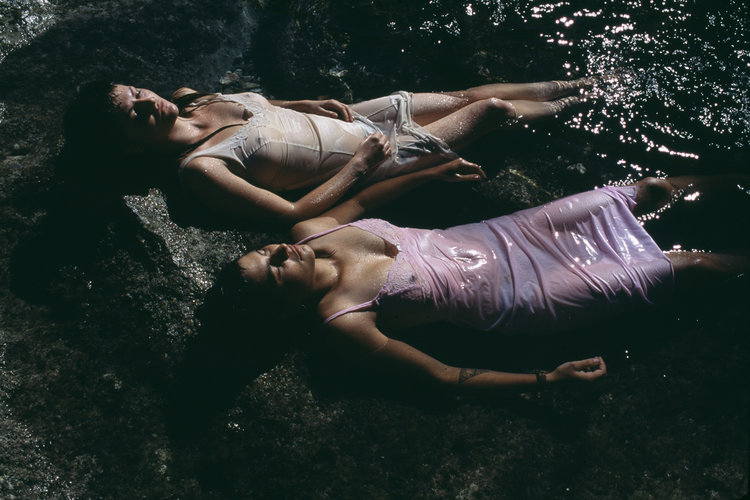
I love Man Ray’s work too. He was working for fashion but was also working a lot on personal projects involving his recurring codes and themes.
He had taste for objects and for the association of different elements.
My relationship with fashion was not always very simple, but after all these years I have gained confidence as an artist that allowed me to finally impose my vision of fashion, a point of view that is influenced by my personal work. I don’t feel obliged anymore to photographe fashion in a certain way.

In your photos you can feel a kind of romanticism, a softly blurred reverie. Is there a particular source of inspiration?
“I love scenes where you’re carried towards something completely phantasmagoric, scenes that seem distant with this certain dramatic quality even though you can still perceive some fine traces of reality.”
I’m very inspired by classical art. I love the Dutch painters and the way they expressed light and shadow.

I also love to read and dive into an imaginary landscape.
I had a period where I was reading a lot of novels of the french writer André Pierre de Mandiargues. In his books there is this erotic tension set in a surreal universe.

What comes to your mind when you think of Iran?
The contrast between the past and the present.

Credits:
All photos by Camille Vivier
Text: Anahita Vessier
Translation: Anahita Vessier
http://www.camillevivier.com/
Share this post
